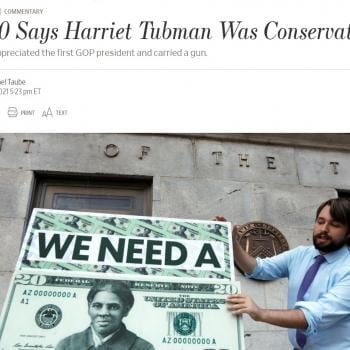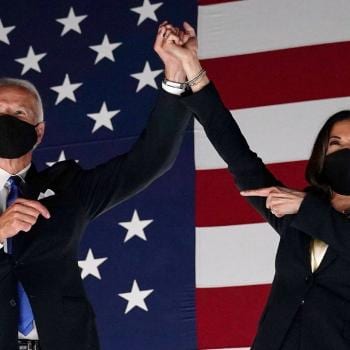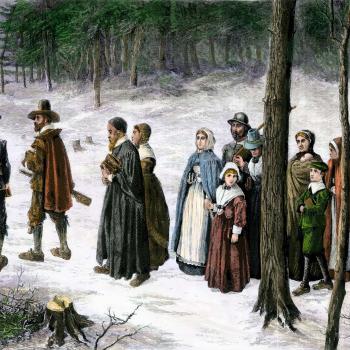You’ve probably heard the story by now. It’s been going around the internet for the past week or so, I think. Apparently a in Louisiana Muslim school applied to receive students with vouchers under a new law there. And, predictably, Republican lawmakers – those who had pushed the voucher law in the first place – freaked out. In their minds, giving state money to fundamentalist Christian schools is just fine and dandy – some might say it’s the reason behind the new voucher law in the first place – but giving money to Muslim schools? Heck no!
So I thought I’d offer a little history lesson to place this in some context. The earliest public schools in this country, back in the 1840s (Horace Mann, etc.), were Protestant in nature. The teacher would read from the Bible, but would not comment on it. This distinction was important, because while almost all Americans were Protestant they belonged to a variety of different denominations, and each denomination had its own specific beliefs and specific interpretations of the Bible. Thus while they all agreed on the Bible, they disagreed on how to understand it. Hence a teacher could read from the Bible, but not tell students how they should understand it.
Enter the Catholics. The increasing numbers of Catholic immigrants were uncomfortable with the public schools and their Bible reading. First, the Bible that was generally read from was the King James Version, which is a Protestant version, and second, Catholics don’t hold the same view of the primacy of the Bible that Protestants do. Catholics began founding their own schools and asking for public money for them. The Catholics argued that since there were publicly-funded Protestant schools, there should be publicly-funded Catholic schools too. The Protestants responded by gradually eliminating the Protestant teaching that took place in the public schools. Why? So that they could argue that these schools were secular, not Protestant, and thus refuse Catholic schools funding. Which they did.
Around WWII, though, things changed. Catholics became more and more accepted as both true Americans and as true Christians, and the “Judeo-Christian” consensus with its idea that we were a “Judeo-Christian” (rather than a Protestant) nation developed. During this time the amount of religious practices in schools actually increased, and were carefully constructed so as to be acceptable to Protestants, Catholics, and Jews. In other words, while the in-group had before been Protestants, it was now a Judeo-Christian consensus of Protestants, Catholics, and Jews. In 1962 and 1963, however, in lawsuits brought by a number of secular families, schools’ use of prayer and Bible reading was struck down as an unconstitutional establishment of religion.
In our country and in our schools, it has long been true that the greater the religious diversity, the safer the separation of church and state. This was true back at the very founding of our nation. Our founding fathers, after all, established the separation of church and state not out of the goodness of their hearts but because each denomination was afraid that some other denomination would gain preference. For this reason, I think more diversity of belief – whether it’s Muslims or Buddhists or Hindus or atheists – is a good thing, and the best guarantee that a separation of church and state will be honored and maintained.














